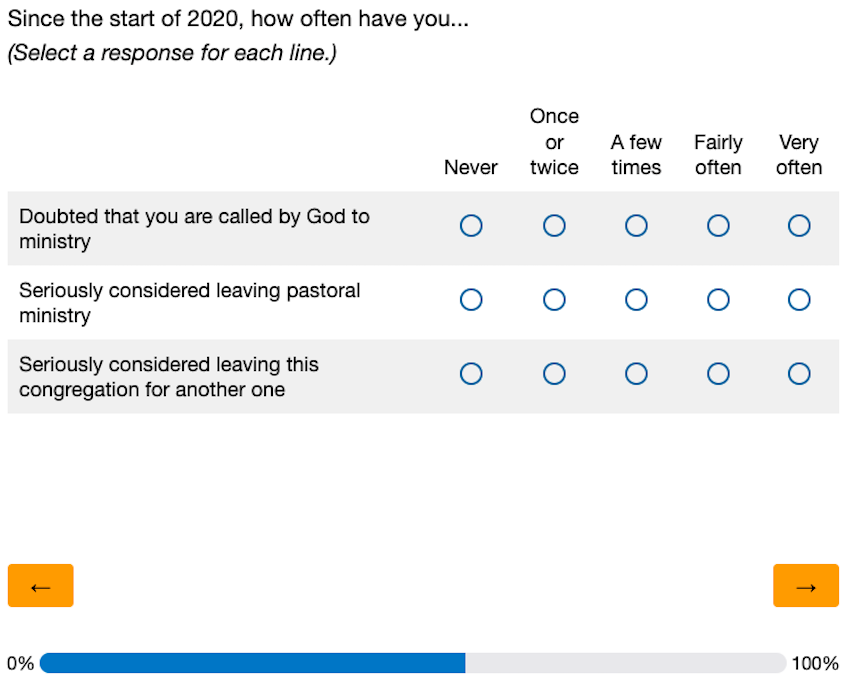I’m still recovering from COVID — still feeling woozy and strange — but taking walks outside makes me feel better. (Vitamin D? exercise? partial cure for COVID-boredom? who knows….) And today was one of those perfect June days that we still get sometimes here in New England despite climate change — cool, dry air, puffy white clouds in the sky, gentle breezes to blow the black flies and gnats away. Carol and I walked for nearly two hours in Whitney Thayer Woods. Since we were walking slowly, I had plenty of time to look at the forest floor for spring wildflowers.
Sometimes it was an exercise in close observation, since some of the flowers I saw were quite small, like these tiny blossoms on a Narrowleaf Cow Wheat plant:
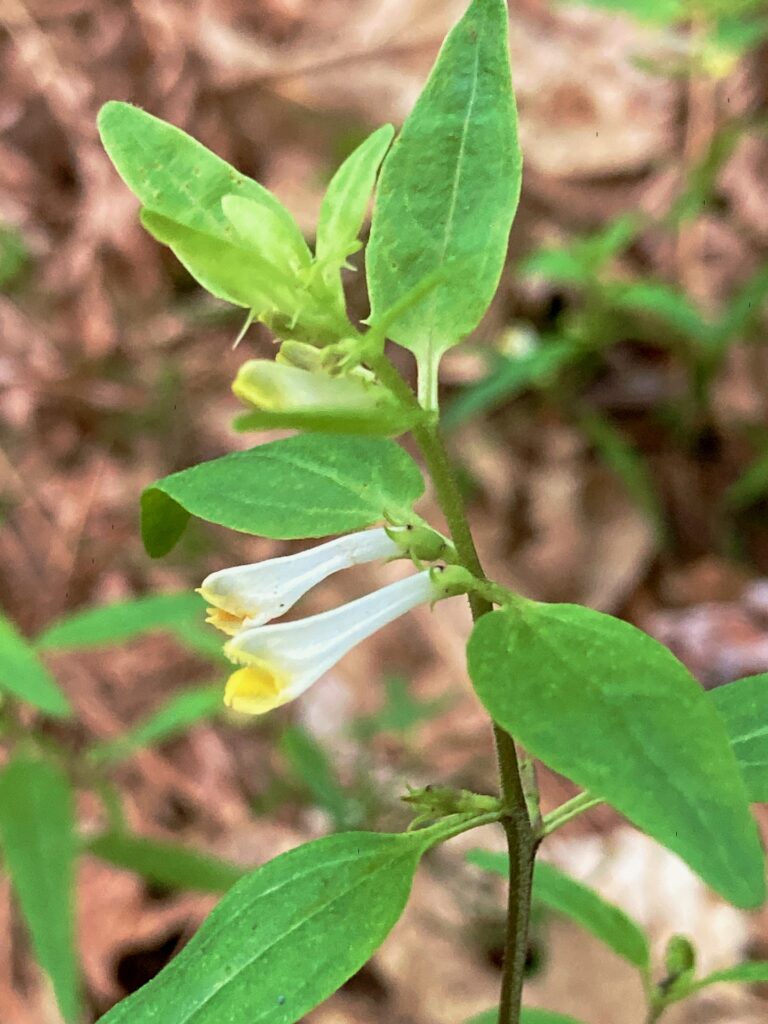
Don’t ask me why this plant is called “Cow Wheat.” I have no idea.
Then there were the tiny flowers that came in clusters. These are easier to see, like the blossoms on this Solomon’s Plume:
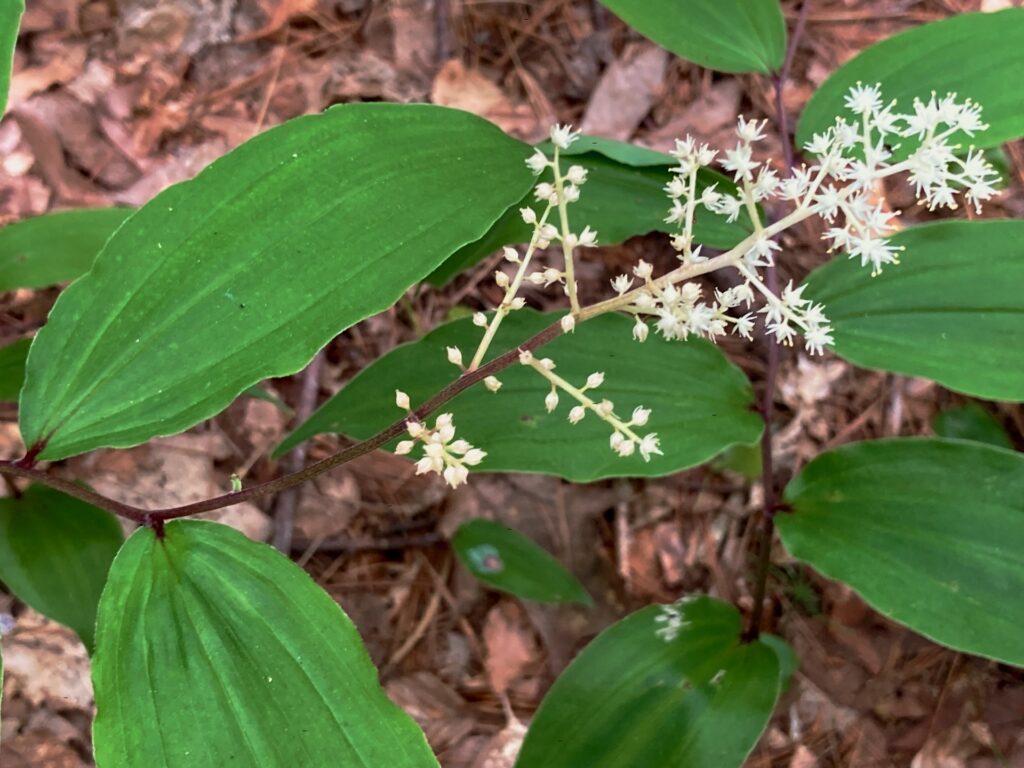
I think this plant is called Solomon’s Plume, first because the flowers are in a plume, and second because the leaves sort of look like a different genus of plants known as Solomon’s Seal (Polygonatum spp.), which are called Solomon’s Seal because some of the plants in the genus have tubers that when broken are said to resemble the Seal of Solomon of the mystical traditions of Judaism and Christianity. The common names of plants often seem nonsensical. Actually, this plant is closely related to the Canada Mayflower, so perhaps a better common name for it would be “Mayflower Plume” or something like that.
Another plant that was in bloom today also had tiny flowers in clusters — Mapleleaf Viburnum:
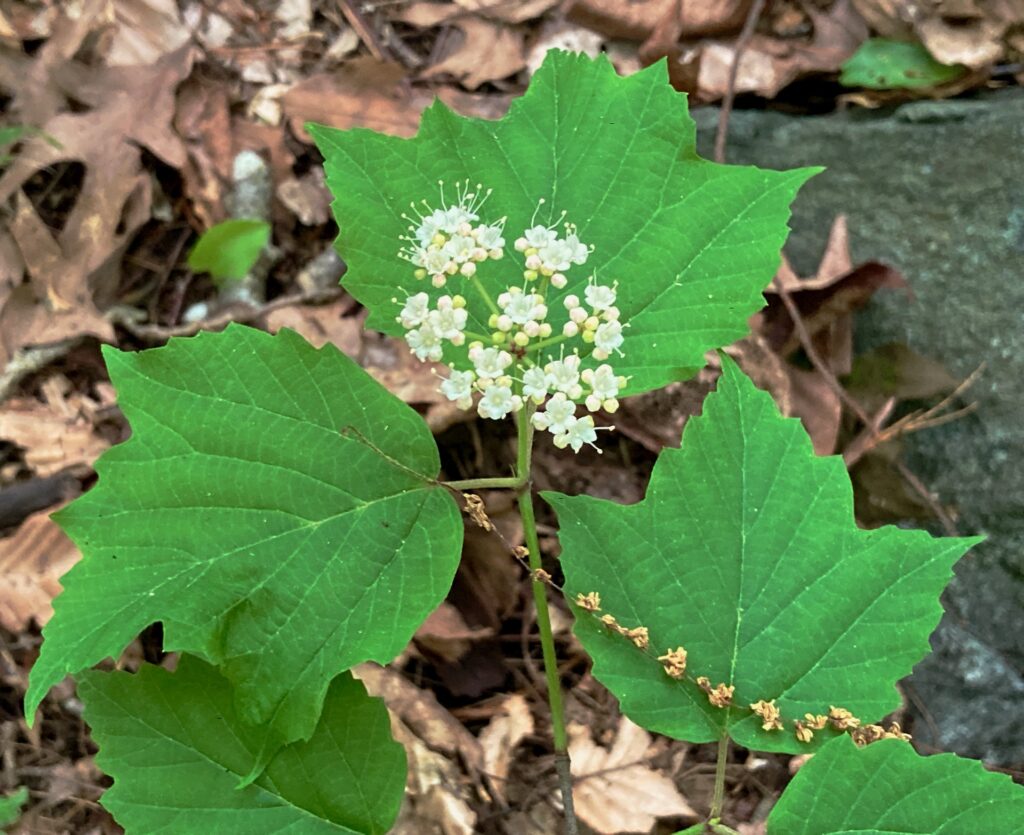
At least it’s obvious where this plant’s name comes from: it’s a viburnum that has leaves that are shaped like the leaves of maple trees.
We were also lucky enough to see two or three Pink Lady’s Slippers, one of our native orchids:
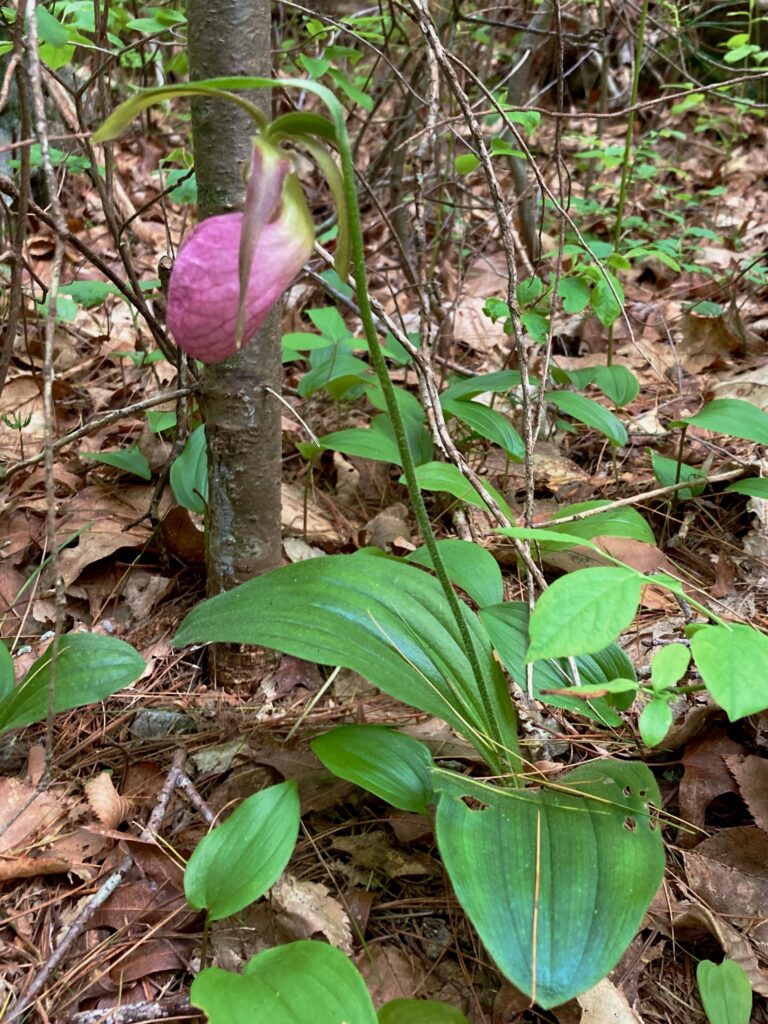
You’d think that it would be easy to see such a showy flower, but I’ve found it’s actually quite easy to walk right past them.
Some flowers that were impossible to miss were the rhododendrons that Whitney Thayer Woods are known for. The wealthy people who owned the land in the 1920s had various kinds of rhododendrons plants along one of the woodland paths. Descendants of those original plants still bloom each year. Several of the plants were covered in blossoms that you simply could not miss:
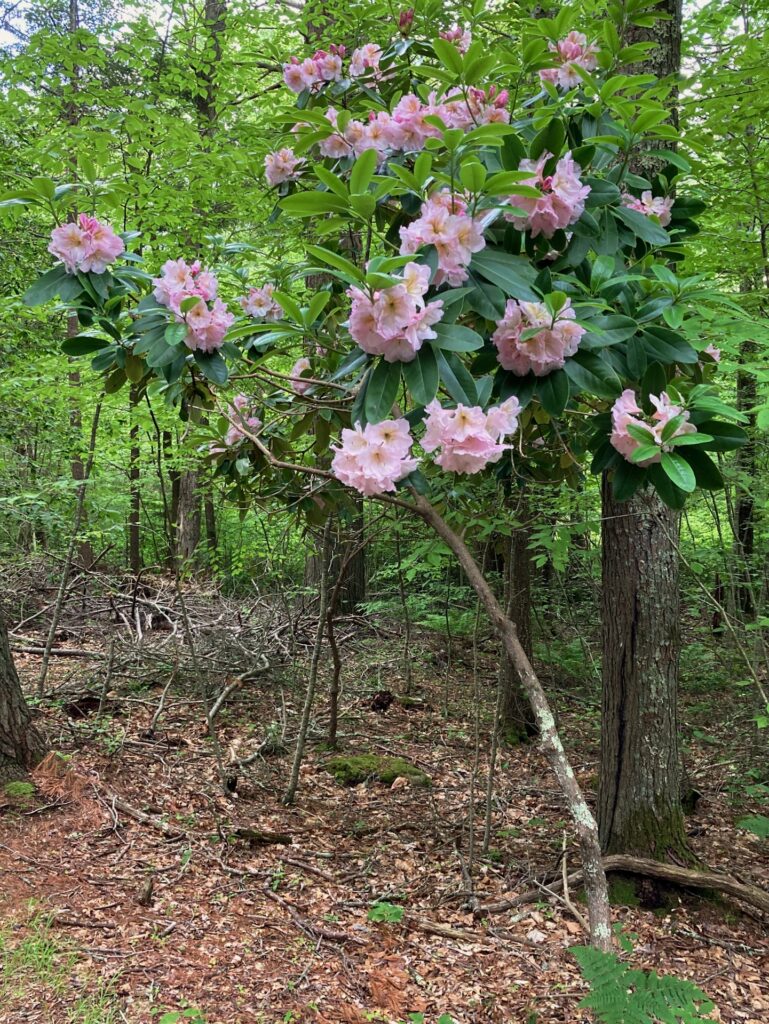
Even if you’re not paying attention, you’d find it difficult to miss a shrub taller than you are, covered with big clusters of light pink blossoms growing right at eye level.
Also hard to miss, though much shorter, was the iris growing next to a boardwalk over a stream:

While the soft pink of the Pink Lady’s Slipper can blend in among the warm brown leaves on the forest floor, the brilliant purple color of the iris does not blend in to the predominant colors of the woodlands.


